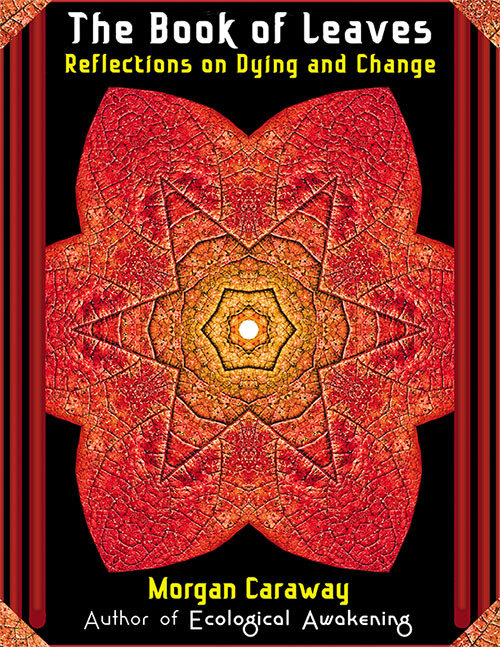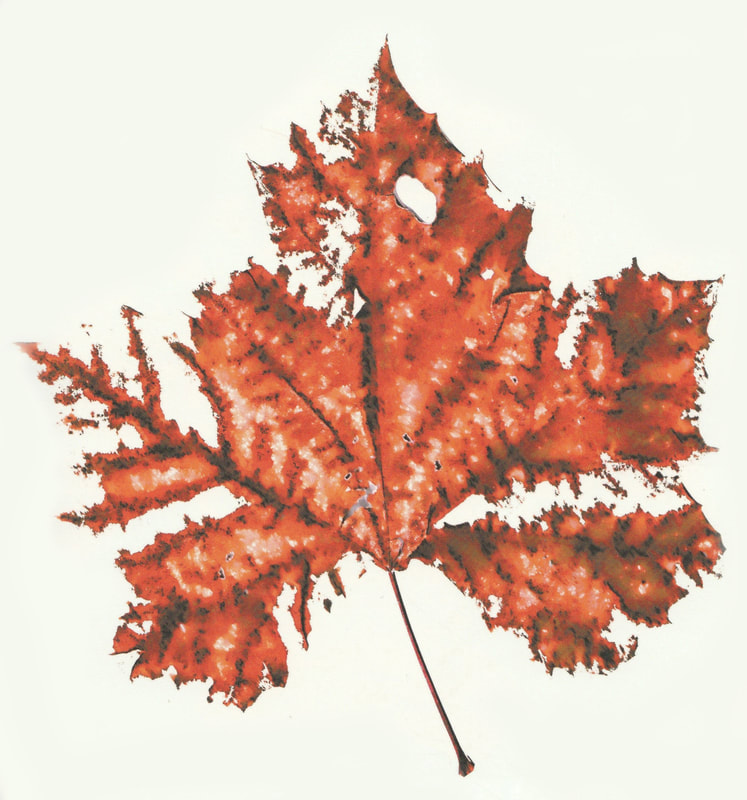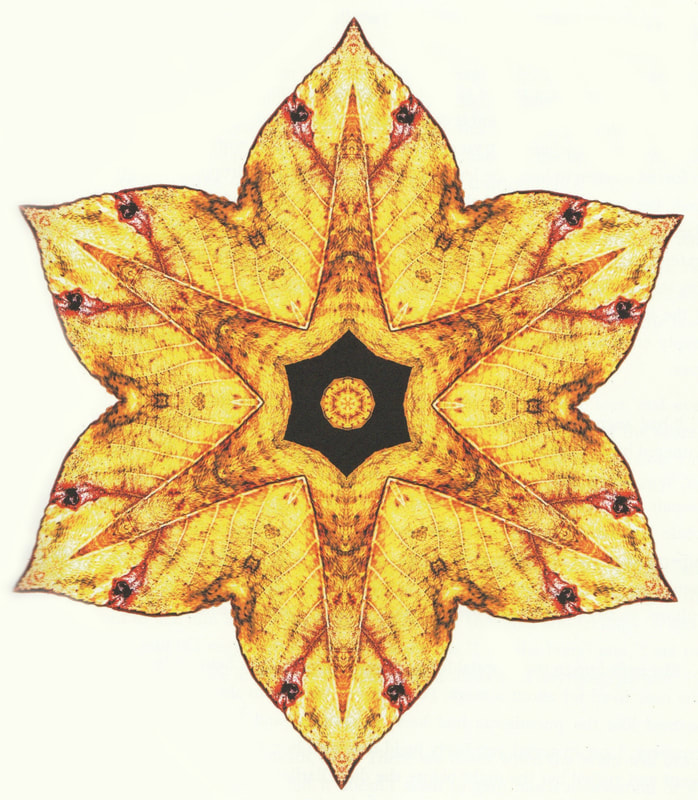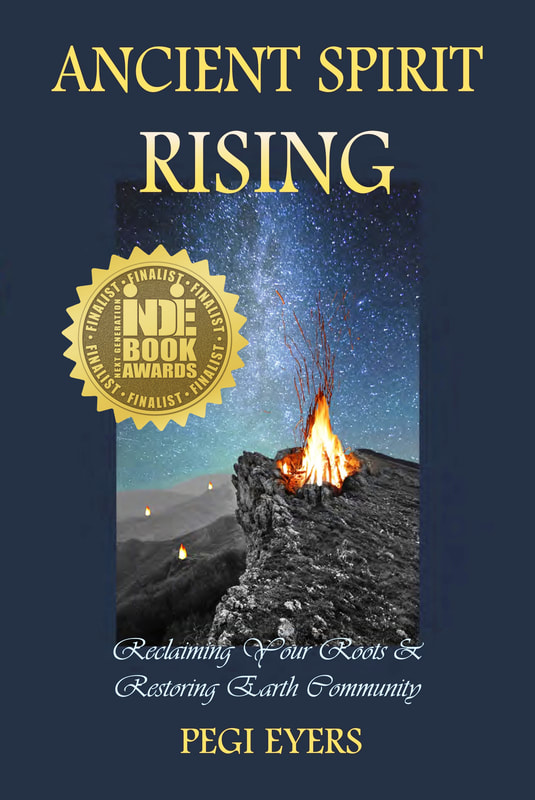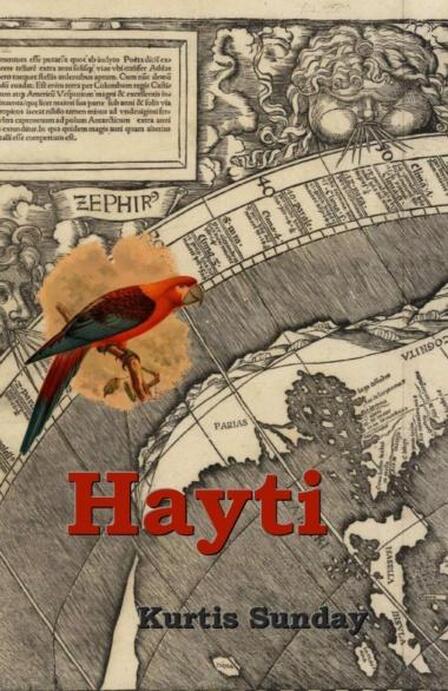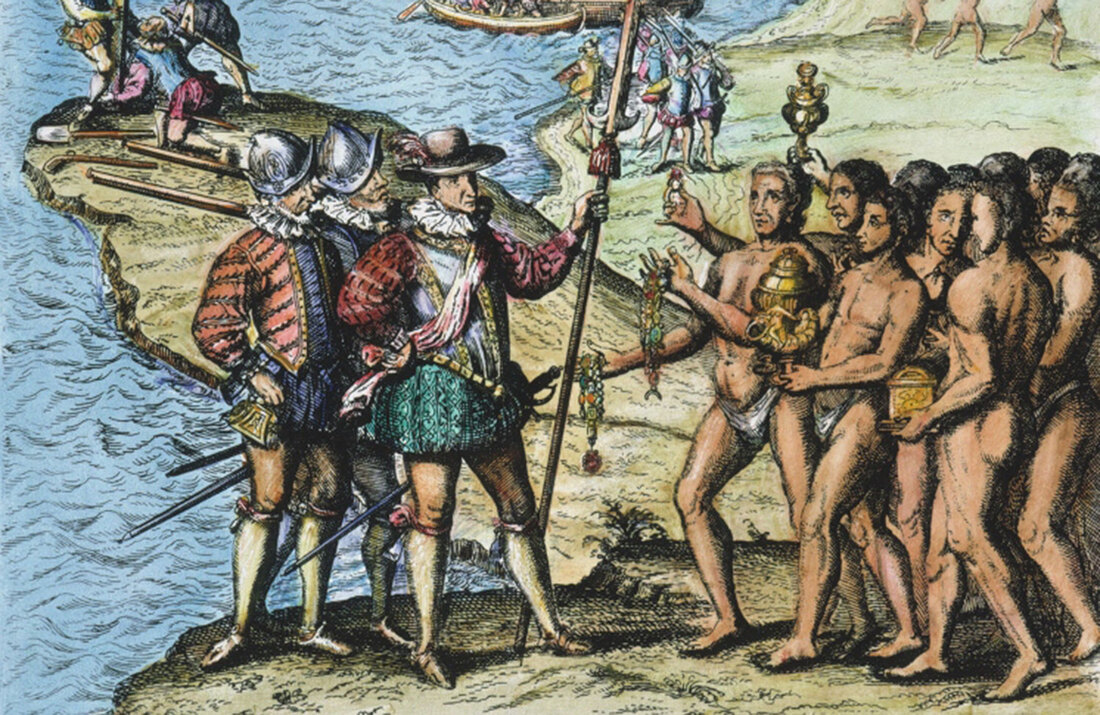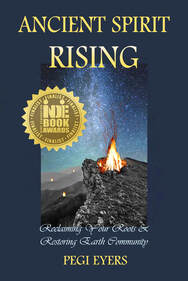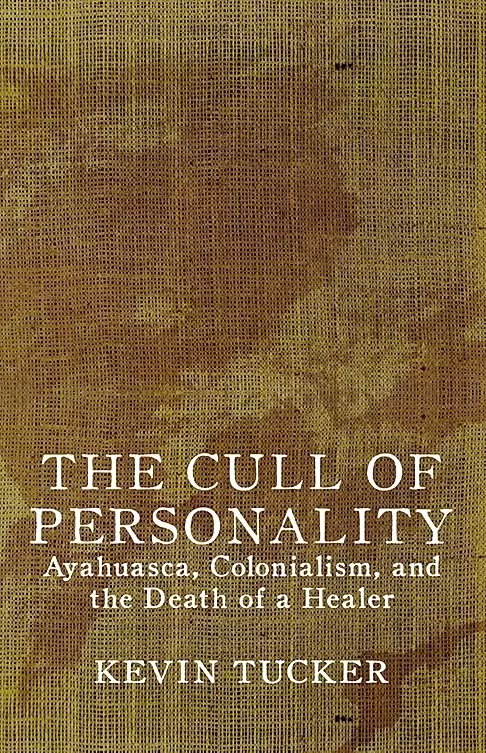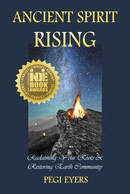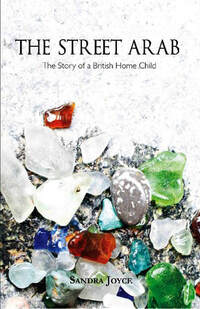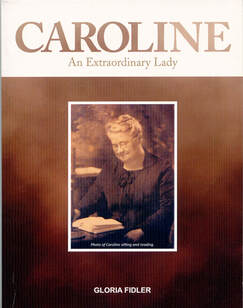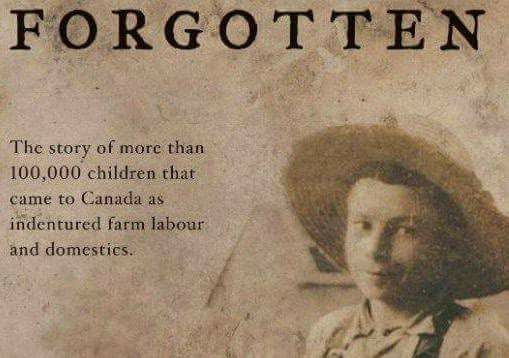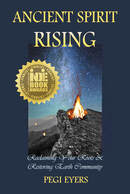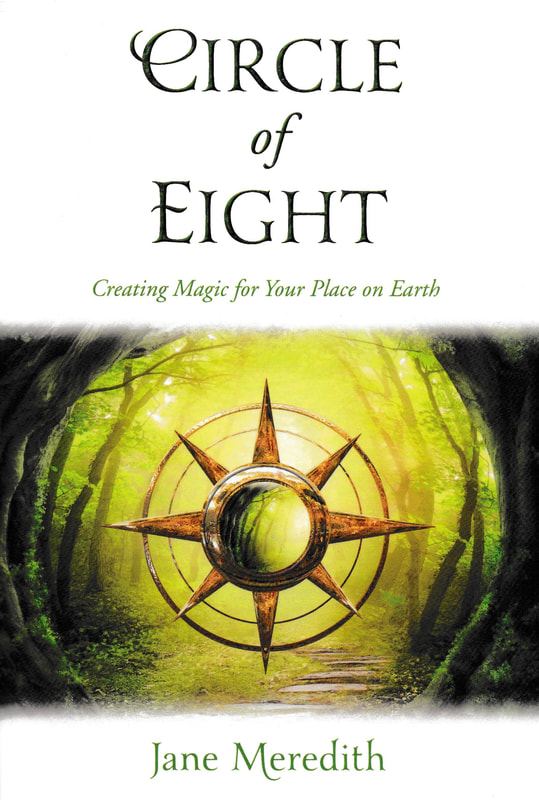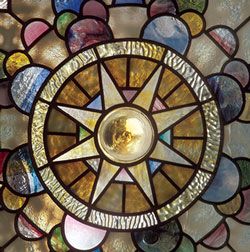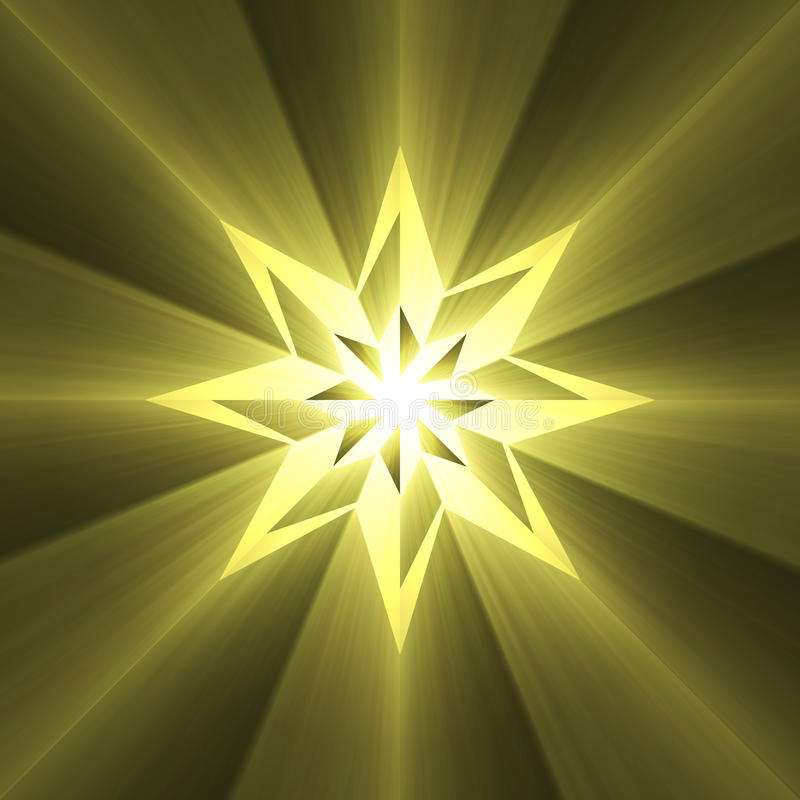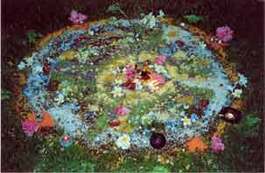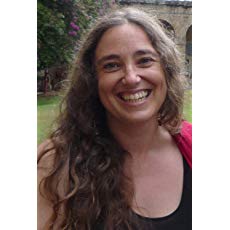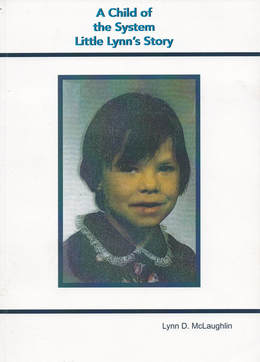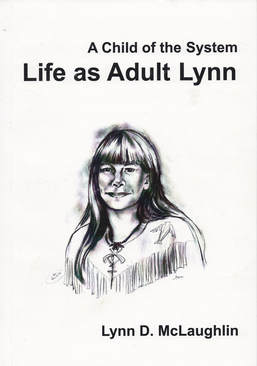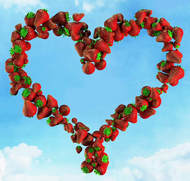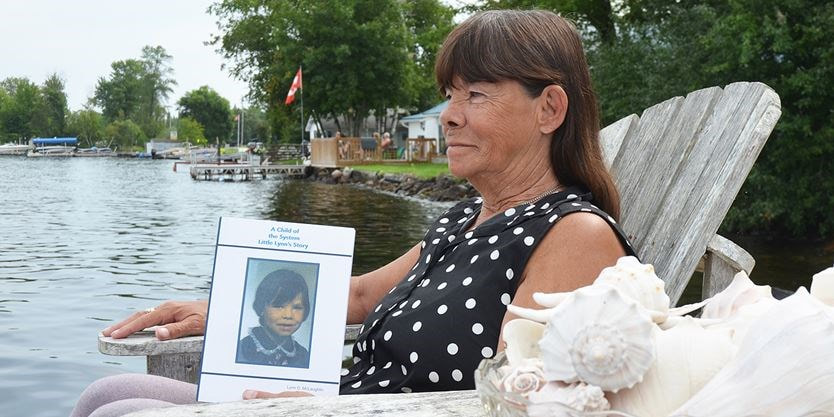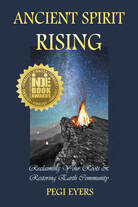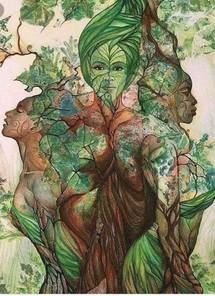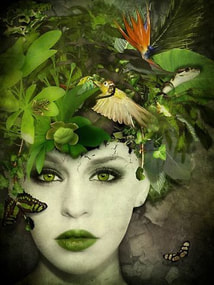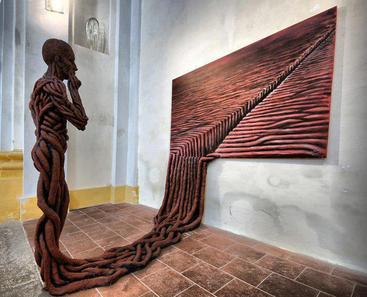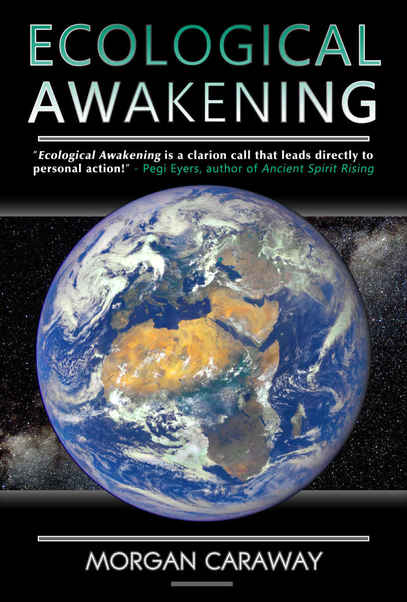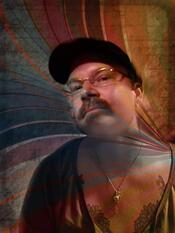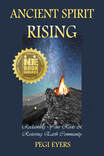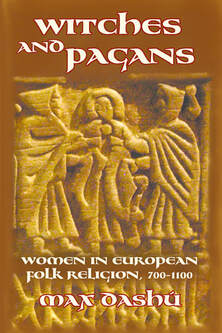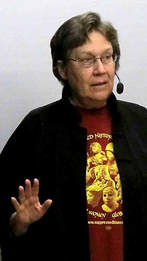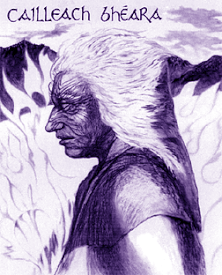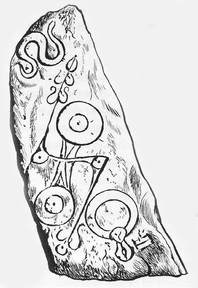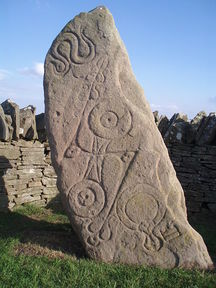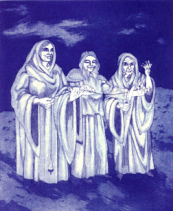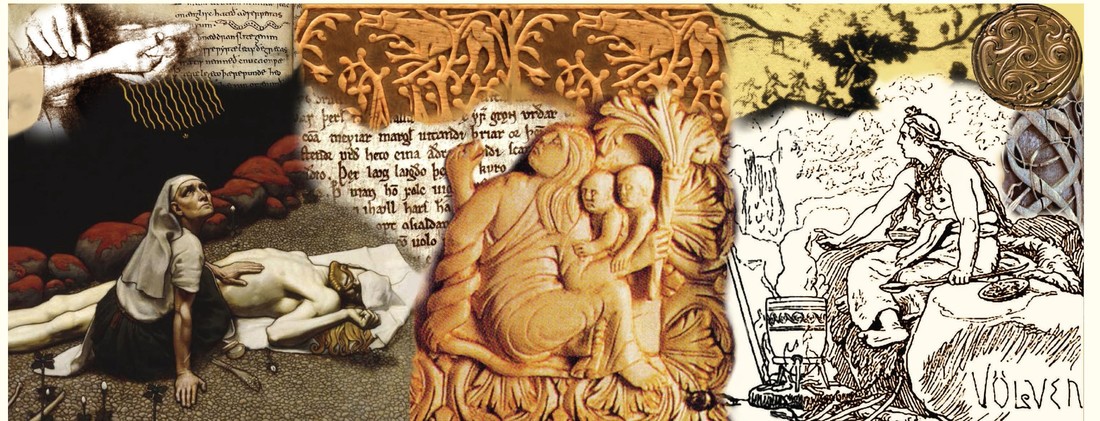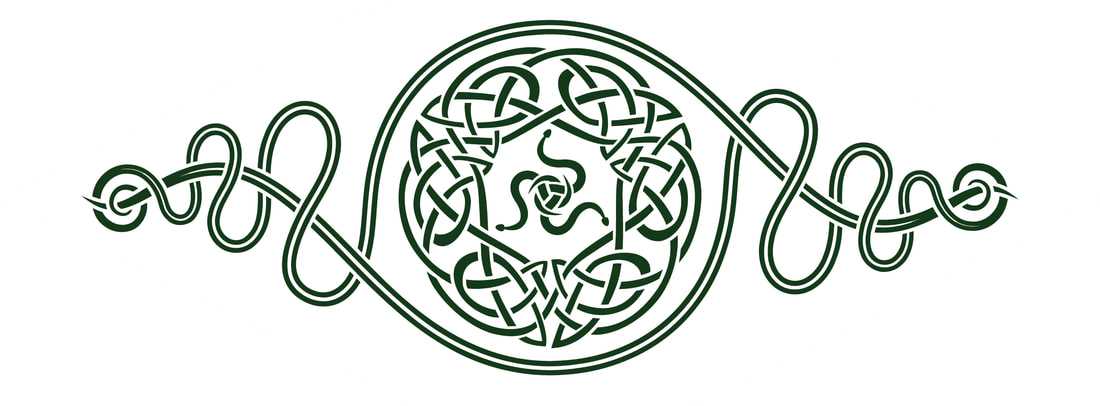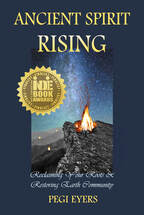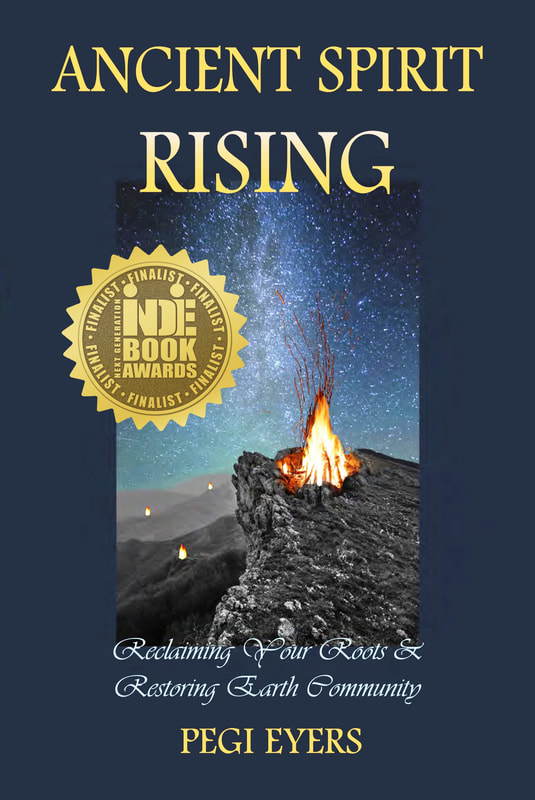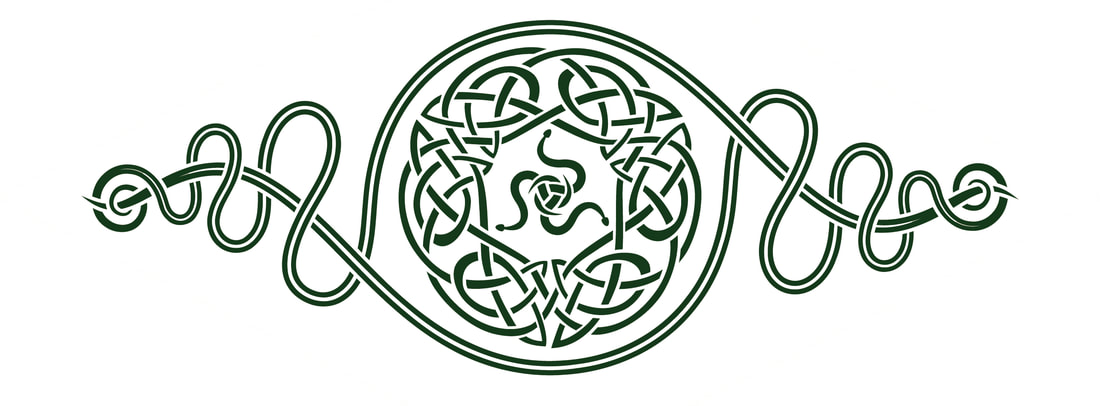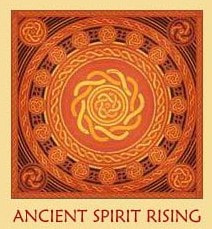REVIEW by Pegi Eyers
The Book of Leaves: Reflections on Dying and Change by Morgan Caraway is the perfect companion for these days of autumn, the time of Old Souls, Samhain, and letting go. After the passing of his mother into the halls of the Beloved Dead, Morgan Caraway was inspired to create an oversized book of reflections, and stunning, one-of-a kind mandalas, or kaleidoscopic leaf designs. He says that early in life “he searched for absolute answers to the bigger questions,” but with aging has found a new-found peace in living with the unknown, and “accepting the ambiguities of life.” Responding to the mysteries of death must surely be a key component of living, and Morgan’s contribution to this process is exemplary.
In the first chapter “What is Death?” he outlines the contradictions imposed by mortality, the inadequacy of religious answers, and how we belong to a society having an inherent fear of death. What happens after we die? We really don’t know, and yet throughout time humans have tried to conceptualize this key experience. He concludes that although dogma (gnosis) offers support, strict beliefs also limit our freedom, and that boldly facing the unknown (agnosis) can be just like life – both empowering and terrifying at the same time.
In the first chapter “What is Death?” he outlines the contradictions imposed by mortality, the inadequacy of religious answers, and how we belong to a society having an inherent fear of death. What happens after we die? We really don’t know, and yet throughout time humans have tried to conceptualize this key experience. He concludes that although dogma (gnosis) offers support, strict beliefs also limit our freedom, and that boldly facing the unknown (agnosis) can be just like life – both empowering and terrifying at the same time.
In terms of the natural world, Morgan points out that dead leaves go through a process of disintegration, and eventually become part of the nutrient cycle in the soil that gives rise to new life. He asks the important question, "How are our bodies any different?" Change is the eternal law of nature, and each being has an important purpose that contributes to the whole. And yet because of our human ability to over-conceptualize and see ourselves as separate from Earth Community, we have become fearful of death, and create elaborate burial practices that "seek some form of permanence." Morgan reminds us that the life spark and "elements that make up our bodies are immortal," as energy is neither created nor destroyed.
In his search for understanding and to allay his fears, Morgan studied near-death experiences, and discovered that some are radiant and transcendent, and some are not. Again, he concludes that acquiescing to the Great Mystery offers the most freedom. "I feel it's best to honor death by not pretending or assuming to know it." Instead of holding fanciful ideas or overwhelming emotions in relationship to death, we can just cultivate patience, as all will be revealed in the end!
A great storyteller, Morgan offers a heart-rending narrative on the last days of his Mother's life, and the many epiphanies and realizations that arose from that grief-filled experience. Those who have lost loved ones can relate when he says, "It had been a long, grueling journey. It taught me a lot about living, loss, and even grace." The main lesson he shares is that life is a gift, and that we need to seize the day~! It is within our ability to have compassion in the face of our own inevitable death, the loss of other people, and the absolute, unfathomable unknown. Thank you Morgan Caraway for your wisdom and fine art! The Book of Leaves: Reflections on Dying and Change is a beautiful companion for life.
A great storyteller, Morgan offers a heart-rending narrative on the last days of his Mother's life, and the many epiphanies and realizations that arose from that grief-filled experience. Those who have lost loved ones can relate when he says, "It had been a long, grueling journey. It taught me a lot about living, loss, and even grace." The main lesson he shares is that life is a gift, and that we need to seize the day~! It is within our ability to have compassion in the face of our own inevitable death, the loss of other people, and the absolute, unfathomable unknown. Thank you Morgan Caraway for your wisdom and fine art! The Book of Leaves: Reflections on Dying and Change is a beautiful companion for life.
Morgan Caraway is a natural builder, multi-media artist, and co-founder of Sustainable Life School and Bottom Leaf Intentional Community. The Book of Leaves: Reflections on Dying and Change is available from the author >here< or from Lulu >here<
| Pegi Eyers is the author of "Ancient Spirit Rising: Reclaiming Your Roots & Restoring Earth Community," an award-winning book that explores strategies for intercultural competency, healing our relationships with Turtle Island First Nations, uncolonization, recovering an ecocentric worldview, rewilding, creating a sustainable future and reclaiming peaceful co-existence in Earth Community. Available from Stone Circle Press or Amazon. |
